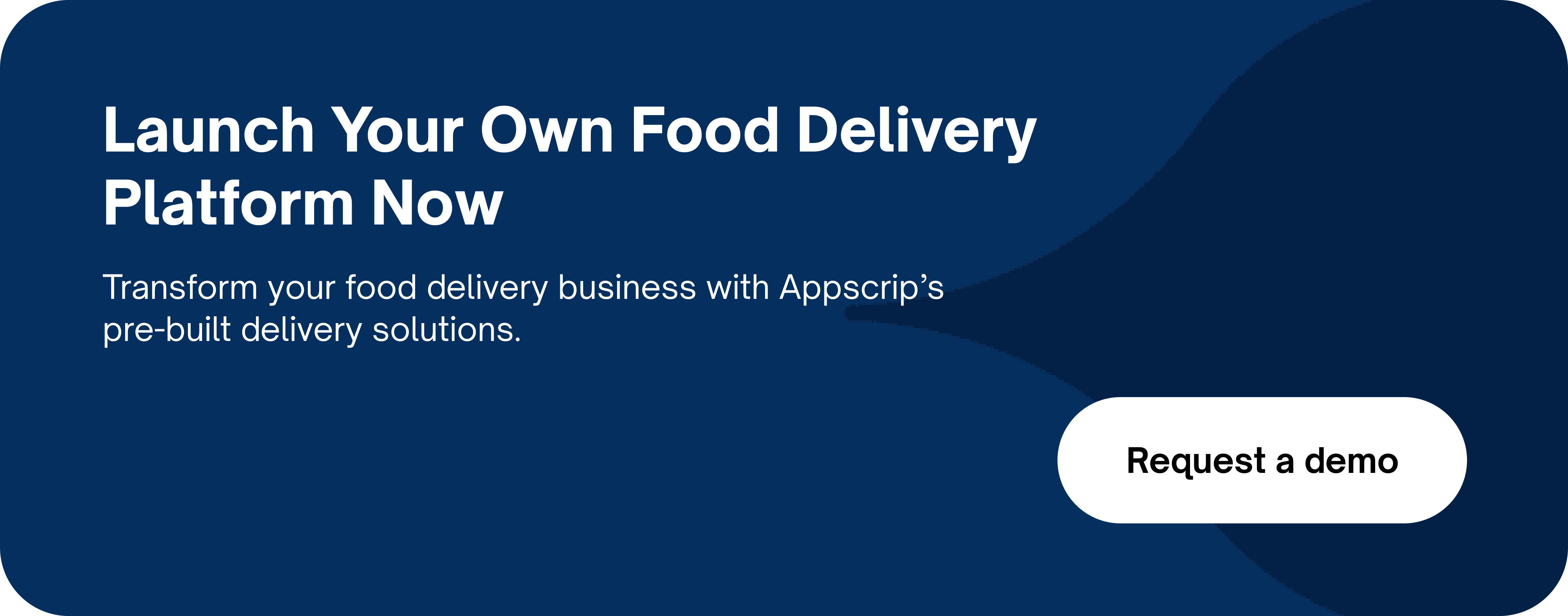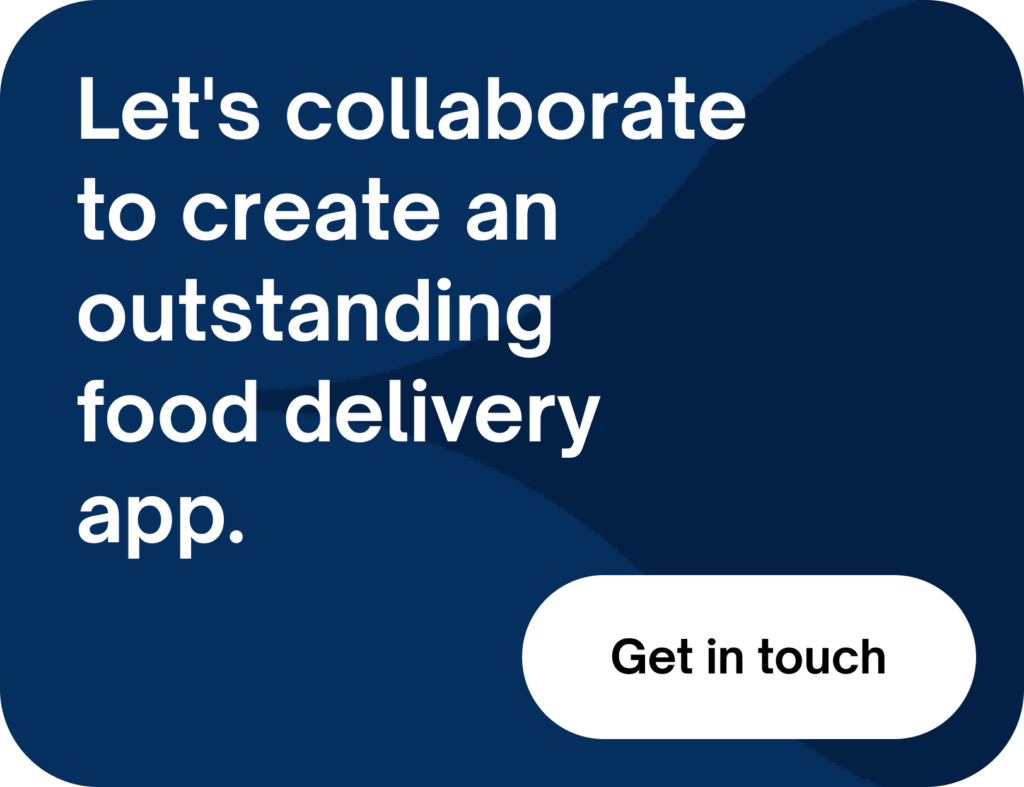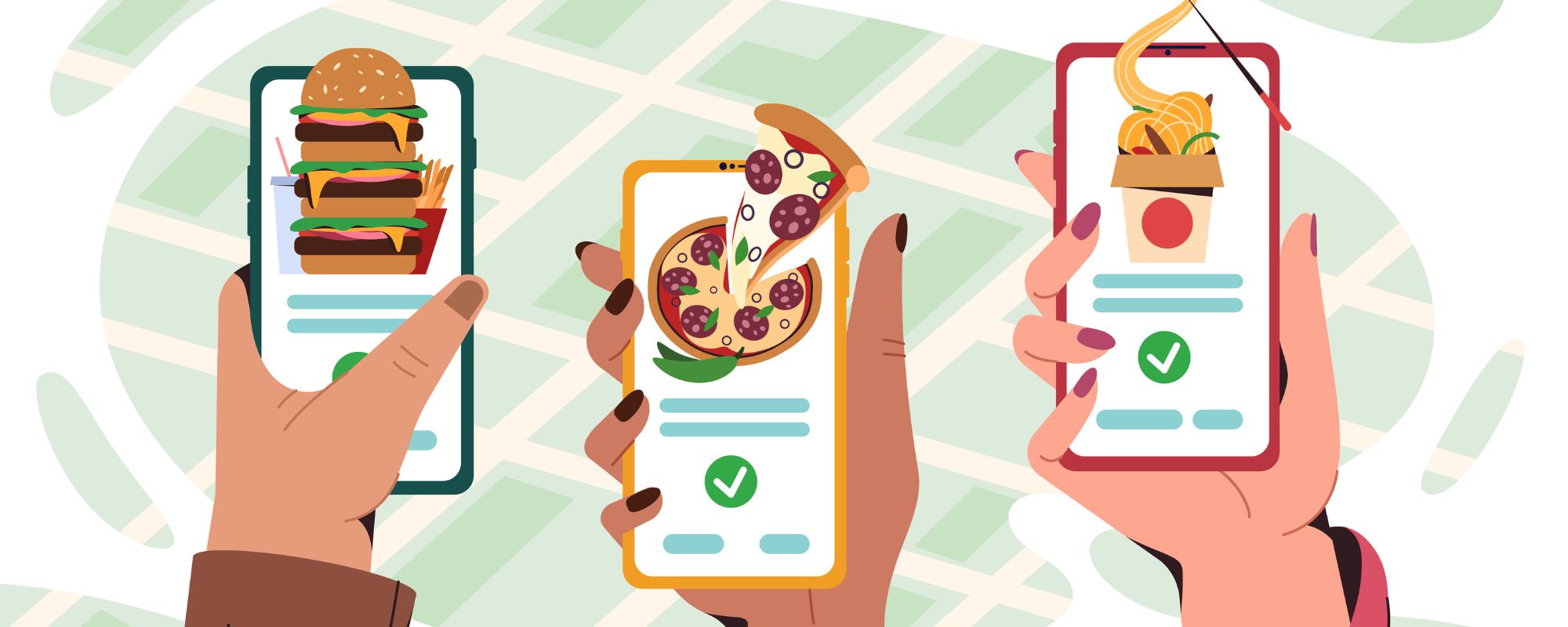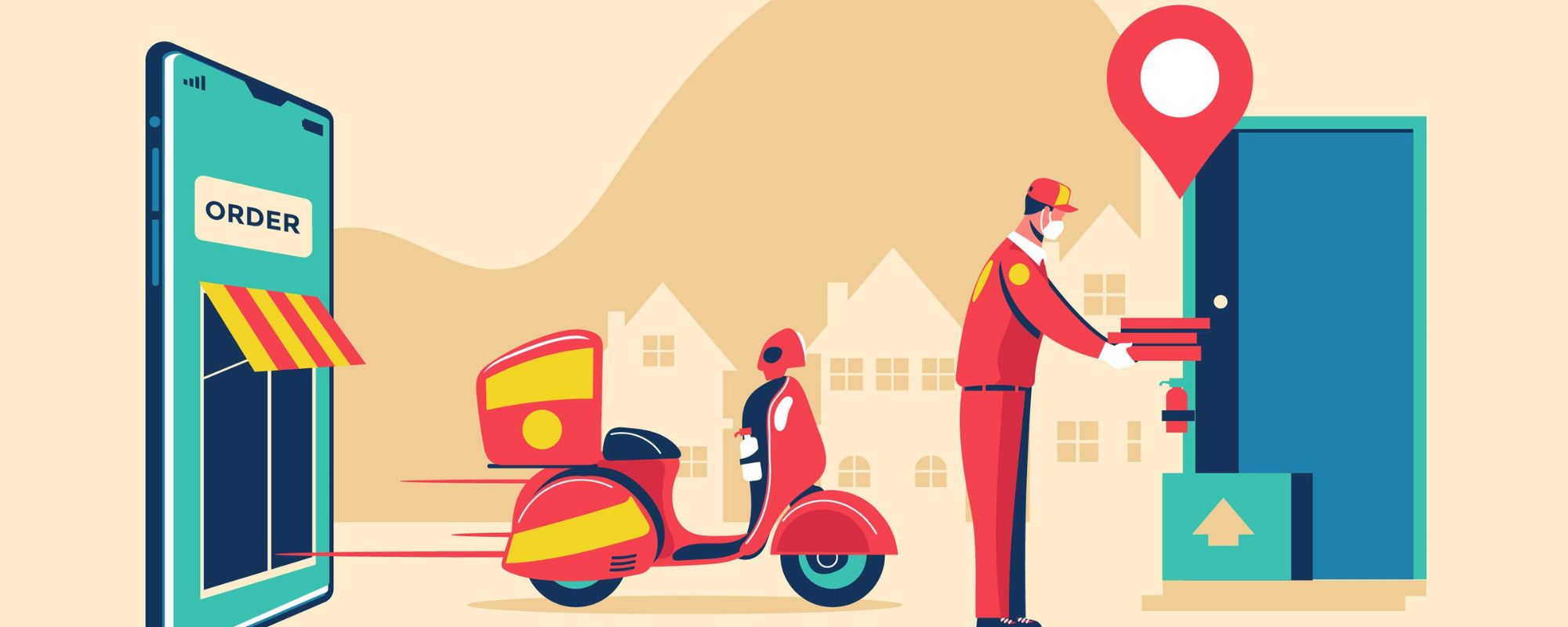As our world becomes increasingly digitized, food delivery apps have emerged as a critical player in the landscape of modern convenience. With the global food delivery market now valued at over $150 billion, these services have become an essential part of our daily lives, particularly after the COVID-19 pandemic. These apps not only offer easy access to a wide range of dining options but also cater to the fast-paced lifestyle of millennials and Gen Zers, who value convenience and prepared meals. This article explores the growing importance of food delivery services in San Antonio and the competitive dynamics within this thriving industry.
Why Entrepreneurs in San Antonio need to consider Food Delivery Services
Entrepreneurs should consider starting food delivery services in San Antonio due to the industry’s substantial growth potential and demand for fine dining delivery and special diet meals. The ability to meet the needs of a diverse target market enhances profitability. Therefore, the food delivery business offers entrepreneurs a promising venture that caters to evolving consumer needs and preferences.
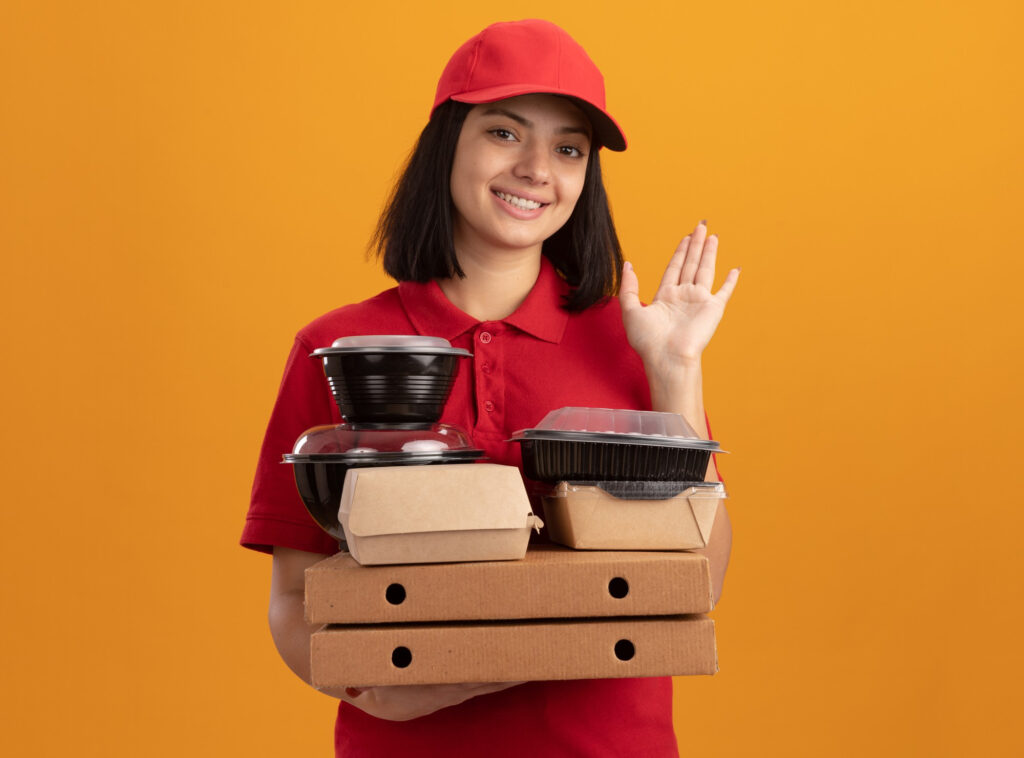
Importance of Food Delivery Services to Consumers
- Food delivery services offer unparalleled convenience. They allow consumers to order food from a multitude of restaurants at any time, from anywhere, with just a few clicks on their smartphones. This eliminates the need to cook or go out, saving time and effort, particularly for busy millennials or individuals who prefer to stay indoors.
- These apps provide a wide variety of food options. Whether you’re craving sushi, pizza, or a gourmet steak, you can find and order it through a food delivery app. This extensive range of choices caters to diverse tastes and dietary preferences.
- Customers can track their orders in real-time and make payment seamlessly through secure digital methods.
- Many food delivery services offer loyalty programs, promotional deals, and exclusive discounts to regular customers, making dining more affordable while also incentivizing repeated use of the app.
Importance of Food Delivery Services to Restaurants
- By partnering with food delivery services like Grubhub, restaurants in San Antonio can boost their incremental sales. These apps provide an additional sales channel, allowing restaurants to reach customers beyond their physical location.
- They serve as a platform for restaurants to showcase their menu to a broader audience, reaching potential customers who might not have discovered them otherwise. In an increasingly digital world, having a strong online presence is crucial for any business.
- Food delivery apps provide a convenient and efficient way for customers to order food. With just a few clicks, customers can browse through a wide variety of dishes, customize their order, and have it delivered to their doorstep. This convenience appeals to today’s busy customers, encouraging them to order more frequently.
- By using food delivery apps, restaurants gain access to valuable customer data and insights. They can track popular dishes, peak ordering times, and customer preferences, which can inform menu development and marketing strategies.
Analysis of Revenue Streams in Food Delivery Services
Commission: This constitutes the primary source of revenue for most food delivery platforms. They charge a commission from restaurants for every order placed through the app. Commission rates can vary depending on the platform and the relationship with the restaurant, but they usually range from 15% to 30% of the order value.
Subscriptions: Many food delivery platforms offer subscription plans to consumers. For a monthly or annual fee, subscribers can enjoy benefits such as free delivery, reduced service charges, or special discounts. Not only does this generate recurring revenue, but it also encourages customer loyalty and repeat orders.
Ads: Advertising is another significant revenue stream. Food delivery apps can sell ad space to restaurants who want to promote their dishes or to other businesses that want to reach the platform’s user base. Advertisers pay for the visibility their ads get, which can be based on impressions, clicks, or conversions.
Delivery Fees: Delivery fees are typically charged to the customer and vary based on the distance, demand, and time of delivery. This fee helps cover the cost of delivery personnel and logistics. In some cases, the platform might waive or reduce the delivery fee for promotional purposes or for subscribers.
Promoted Restaurant Listings: Similar to ads, food delivery platforms can charge restaurants to feature their listing prominently on the app. This can include being listed at the top of search results or on the app’s main page. This can significantly increase a restaurant’s visibility and potentially their sales.
Other In-App Purchases: Besides the above, there can be other in-app purchases that contribute to the revenue. This could be selling premium features like advance order booking, special discounts, or even selling merchandise or gift cards.
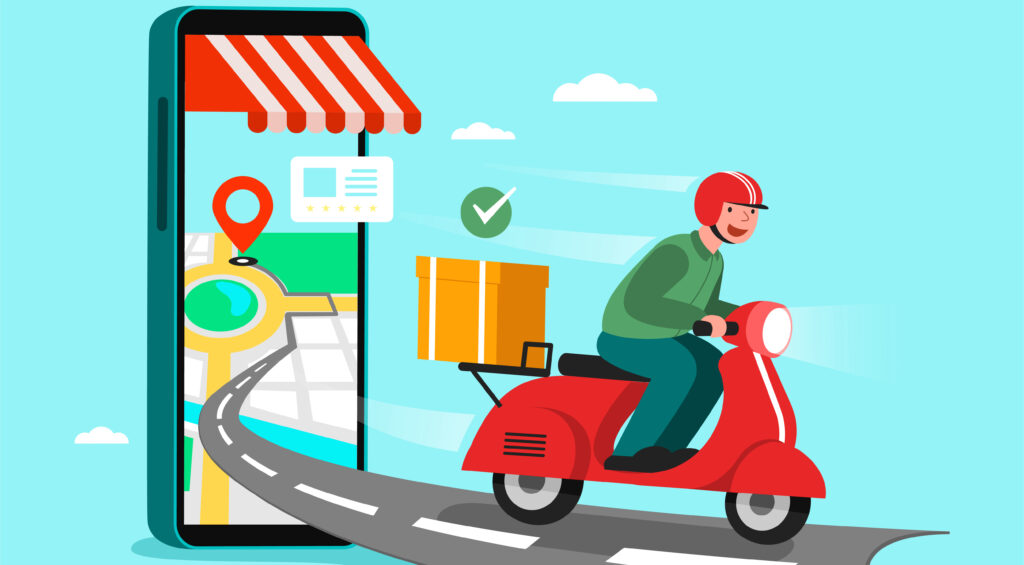
Steps to Create Successful Food Delivery Services in San Antonio
Market Research: Start by conducting a comprehensive market research for food delivery services in San Antonio to understand the demand, competition, and customer needs. Identify the food delivery services that are already available, their strengths, and weaknesses. This will help you identify gaps and opportunities in the market that your app can fill.
Unique Selling Proposition (USP): Based on your market research, determine your app’s USP. This could be anything from faster delivery times, unique food options, eco-friendly packaging, or superior customer service. Your USP should differentiate your app from competitors and attract customers.
Revenue Models: Decide on your revenue model. You could charge restaurants a commission for every order placed through your app, place ads, or charge customers a delivery fee. Your revenue model should be sustainable and profitable, while also being fair to your stakeholders.
App Development: Collaborate with a skilled app development team to create your food delivery app. The app should be user-friendly, visually appealing, and functional. It should also include features like real-time tracking, customer reviews, and an easy checkout process.
Privacy Measures: Ensure your app complies with all relevant privacy laws and regulations. Protecting your users’ personal and financial information should be a top priority. This includes implementing secure payment gateways and encryption methods.
Testing for Bugs: Before launching, thoroughly test your app for any bugs or issues. This will ensure a smooth user experience and help you avoid negative reviews early on.
Launch: Once you’re confident in your app’s functionality and security, it’s time to launch. Promote your app through various marketing channels to attract users and get your first orders.
Customer Service: Provide excellent customer service to retain users and build a positive reputation. This could involve having a dedicated customer service team, offering refunds for unsatisfactory orders, and responding promptly to customer queries.
Continuous Improvement: Finally, continuously monitor your app’s performance and customer feedback. Use this information to make improvements and stay competitive. This could involve adding new features, partnering with more restaurants, or improving your delivery process.
Conclusion
The surge of food delivery apps and services has revolutionized the food industry in San Antonio, making it a necessity for restaurants to adapt and integrate these services for survival and growth. The increase in usage during lockdowns, coupled with the convenience, variety, and discounts offered by these apps, has opened new avenues for market expansion. Despite the challenges faced by restaurants, the rise of these platforms offers a promising future.
To keep up with the evolving trends, it is crucial for entrepreneurs to invest in food delivery apps to stay competitive. Appscrip’s Food Delivery App Development solutions can help entrepreneurs in San Antonio grow their businesses and earn more revenue.


